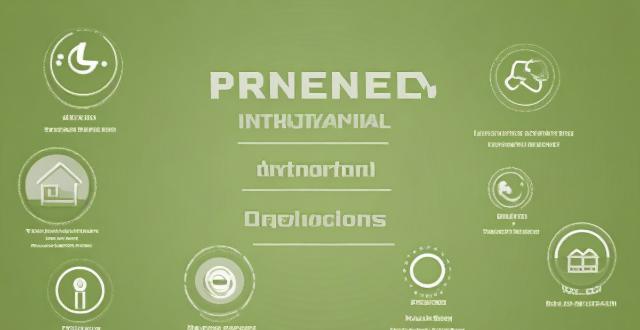The text provides an overview of several international agreements aimed at combating greenhouse gas emissions, including the Paris Agreement, Kyoto Protocol, and United Nations Framework Convention on Climate Change (UNFCCC). The Paris Agreement, adopted by 197 countries in 2015, sets targets for reducing emissions and adapting to climate change impacts. The Kyoto Protocol, effective from 2005, introduced binding emissions reduction targets for developed countries. The UNFCCC, a treaty from 1992, established principles and mechanisms to address climate change. Additionally, there are regional and sectoral agreements targeting specific industries or regions.

International Agreements to Combat Greenhouse Gas Emissions
There are several international agreements in place to combat greenhouse gas emissions, including:
1. The Paris Agreement
The Paris Agreement is a global accord aimed at limiting global warming to well below 2 degrees Celsius above pre-industrial levels and pursuing efforts to limit the temperature increase to 1.5 degrees Celsius. It was adopted by 197 countries in 2015 and came into force in 2016.
Key Features of the Paris Agreement:
- Nationally Determined Contributions (NDCs): Countries are required to set their own targets for reducing greenhouse gas emissions and adapting to the impacts of climate change. These targets are known as Nationally Determined Contributions (NDCs).
- Regular Updates: Countries must regularly update and increase their NDCs over time.
- Transparency and Accountability: The agreement includes a robust transparency framework to ensure that countries report on their progress towards meeting their NDCs.
- Finance and Capacity Building: Developed countries are committed to providing financial support and technology transfer to help developing countries mitigate and adapt to climate change.
- Loss and Damage: The agreement recognizes the need for mechanisms to address loss and damage associated with climate change impacts.
2. The Kyoto Protocol
The Kyoto Protocol is an international treaty that extends the 1992 United Nations Framework Convention on Climate Change (UNFCCC). It became effective in 2005 and was the first global treaty to set binding emissions reduction targets for developed countries.
Key Features of the Kyoto Protocol:
- Emissions Reduction Targets: The protocol set binding emissions reduction targets for developed countries for the period from 2008 to 2012, relative to 1990 levels.
- Flexibility Mechanisms: The protocol introduced three flexibility mechanisms – Emissions Trading, Joint Implementation, and the Clean Development Mechanism – which allow countries to meet their targets more cost-effectively.
- Sinks and Reservoirs: The protocol allows countries to count carbon sinks, such as forests, in their emissions reduction efforts.
- Non-Compliance Procedures: The protocol established procedures for dealing with countries that fail to meet their emissions reduction commitments.
3. The United Nations Framework Convention on Climate Change (UNFCCC)
The UNFCCC is an international environmental treaty adopted in 1992 at the Earth Summit in Rio de Janeiro. It created a framework for negotiating specific legal instruments to combat climate change, such as the Kyoto Protocol and the Paris Agreement.
Key Features of the UNFCCC:
- Objective: The convention's ultimate objective is to stabilize greenhouse gas concentrations in the atmosphere at a level that would prevent dangerous human interference with the climate system.
- Principles: The convention is based on several principles, including equity, common but differentiated responsibilities, and precautionary measures.
- Conferences of the Parties (COPs): The convention establishes regular Conferences of the Parties (COPs), where countries gather to review progress, negotiate new commitments, and adopt decisions.
- Subsidiary Bodies: The convention has two subsidiary bodies that focus on scientific and technical matters and compliance, respectively.
- Financial Mechanisms: The convention established financial mechanisms, such as the Global Environment Facility (GEF), to provide funding for climate change mitigation and adaptation projects in developing countries.
4. Other Regional and Sectoral Agreements
In addition to these major international agreements, there are numerous regional and sectoral agreements that aim to reduce greenhouse gas emissions, such as the Regional Greenhouse Gas Initiative (RGGI) in the northeastern United States or the European Union's Emissions Trading System (EU ETS). These agreements often target specific industries or regions and can complement broader international efforts.